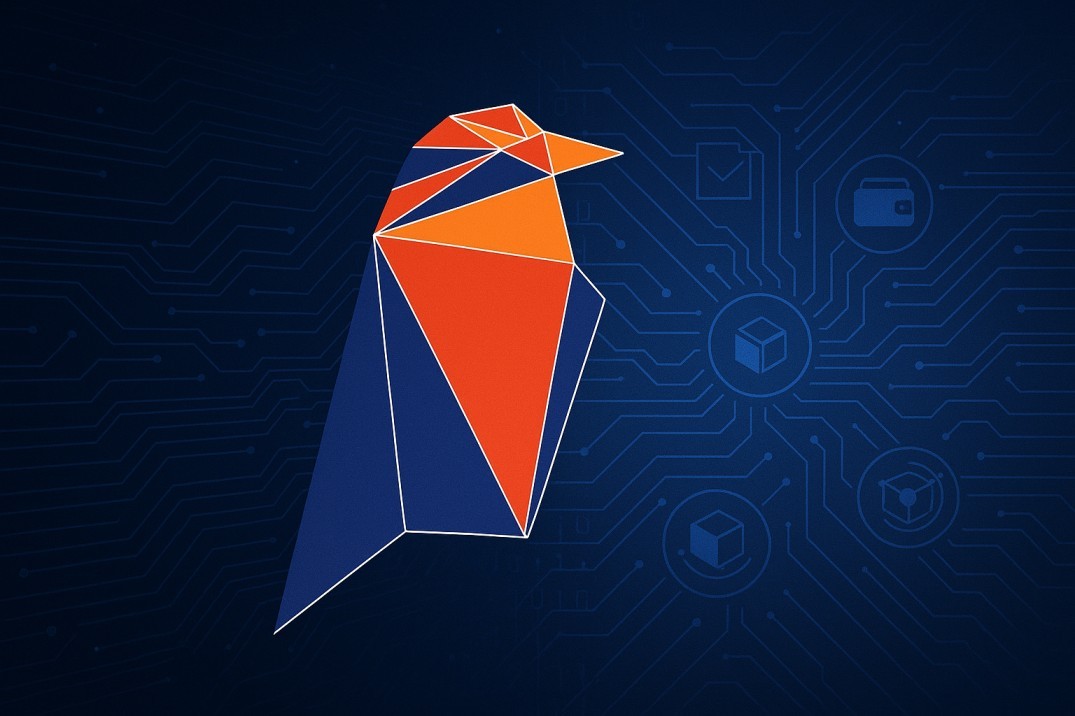TL;DR
- Ravencoin is a Bitcoin fork focused on creating and transferring unique digital assets.
- It launched in 2018 with fair distribution, no ICO, no pre-mine, and no central authority.
- Tailored for asset tokenization, Ravencoin lets anyone issue tokens representing real-world or digital assets.
- Uses the KAWPOW mining algorithm, designed to be ASIC-resistant and GPU-friendly.
- Strong community and decentralized ethos continue to drive development and adoption.
Launched on January 3, 2018, exactly nine years after Bitcoin's genesis block, Ravencoin emerged with a clear purpose to make asset issuance and transfer as simple and decentralized as possible. It's not trying to reinvent finance with smart contracts or become a general-purpose blockchain. It focuses on one job-creating and moving assets-and does it well.
The project takes its name and inspiration from the ravens in the fictional world of Westeros, known for carrying messages of truth. Similarly, Ravencoin is built to carry digital messages-tokens-between people, without relying on intermediaries.
Who Created Ravencoin?
Ravencoin was launched by Bruce Fenton (former executive director of the Bitcoin Foundation), Tron Black (a veteran software developer and Bitcoin enthusiast), and Joel Weight (CTO of Overstock.com). The project is open-source and community-driven, with no ICO, premine, or developer fund. This was a deliberate move to maintain fairness and decentralization from the start.
Overstock, through its blockchain subsidiary Medici Ventures, supported the project financially early on. But Ravencoin runs independently from any company or foundation, and its codebase is maintained by community developers.
How Ravencoin Works
At its core, Ravencoin is a modified version of Bitcoin tailored for asset issuance.
- Consensus Algorithm: It uses KAWPOW, a mining algorithm designed to resist ASIC dominance and keep mining more accessible to average users.
- Block Time: 1 minute (vs. Bitcoin's 10 minutes)
- Max Supply: 21 billion RVN (1000x Bitcoin's supply)
- No SegWit or Lightning: These Bitcoin features were removed to streamline the network for asset-focused functionality.
To issue an asset/token, users burn a small amount of RVN. This makes spam costly and asset creation deliberate. Each asset gets a unique name, total supply, decimal units (if divisible), and optional metadata.
Ravencoin also supports features like token messaging, restricted assets (for regulatory-compliant tokens), and voting. These are built into the protocol, not smart contracts, reducing complexity and risk.
Tokenomics
Ravencoin follows a similar mining and distribution model to Bitcoin, but with a few key differences:
- Block Reward: Initially 5000 RVN, halved every 2.1 million blocks (~4 years)
- Supply Cap: 21 billion RVN
- No Premine or ICO: All coins are mined fairly
- Inflation Schedule: Halving structure mirrors Bitcoin
This model avoids centralization risks from large token holdings or VC-funded ICOs. Miners earn RVN directly, and users must acquire it to issue assets.
Security and Past Challenges
Ravencoin relies on Proof of Work, similar to Bitcoin. But unlike Bitcoin's SHA-256, Ravencoin's KAWPOW is designed to be ASIC-resistant, favoring GPU miners and wider decentralization.
However, Ravencoin's security hasn't been perfect. In 2020, an attacker exploited a vulnerability and minted ~315 million RVN beyond the capped supply. Developers responded transparently, patching the bug and alerting exchanges. Since there was no premine or treasury, they couldn't reverse the mint, but the community accepted the fix and moved on. It was a major test of resilience-and one Ravencoin passed.
Use Cases for Ravencoin

Ravencoin is optimized for tokenizing assets. These can be:
- Real estate shares
- Equity in startups
- Gaming items
- Event tickets
- Intellectual property
- Gold-backed tokens
Each token has unique identifiers, making it harder to counterfeit or duplicate. Messaging allows issuers to send updates to token holders (like dividends or announcements). Voting tools let asset holders participate in governance decisions.
Projects like MangoFarmAssets and TokenMintr have built simple interfaces on top of Ravencoin to make token issuance even easier.
Challenges and Risks
While Ravencoin's simplicity is a strength, it also limits its flexibility. Unlike Ethereum, it can't run smart contracts, which restricts DeFi or complex logic-based apps.
Other challenges:
- Regulatory compliance: Though Ravencoin offers restricted assets, handling KYC/AML is left to issuers.
- Low adoption: Despite strong fundamentals, it hasn't seen widespread tokenization activity.
- Network incentives: As block rewards decline, long-term miner support could wane without transaction fee growth.
Still, Ravencoin's commitment to decentralization and fair launch earns it a loyal following, especially among those skeptical of VC-heavy chains.
Final Thoughts
Ravencoin quietly continues building in the background of a noisy crypto industry. It doesn't promise to disrupt everything-it just aims to do one thing well, make it easy to tokenize and move assets on a public blockchain.
Its fair launch, community-first ethos, and built-in features make it a compelling choice for projects that value transparency, ownership, and control. As asset tokenization becomes more relevant-from art to equity-Ravencoin could be one of the most quietly important chains in the mix.
Whether you're an entrepreneur looking to issue a custom token, or just someone who values decentralization done right, Ravencoin is worth keeping on your radar.
ALSO READ: Stay.Coti — Build Private dApps Without Writing a Single Line of Code











